
Navigating Waves with Speed and Style: The Evolution of the Fish Surfboard
In the ever-evolving world of surfing, the fish surfboard stands out as a symbol of speed, agility, and a unique design philosophy. Originating in the 1960s, the fish surfboard has not only withstood the test of time but has also left an indelible mark on surf culture. In this comprehensive guide, we delve into the details, characteristics, and historical journey of the fish surfboard, exploring its impact on the way surfers ride the waves.
Unveiling the Fish Surfboard: A Unique Design for Dynamic Surfing
Defining the Fish Surfboard
The fish surfboard is a distinct type of shortboard known for its unconventional shape, characterized by a wide nose, parallel rails, and a swallowtail. This design sets it apart from traditional shortboards and lends itself to exceptional speed and maneuverability, especially in smaller, less powerful waves.
Key Characteristics:
- Wide Nose: The fish’s wider nose allows for increased planing surface, providing better paddling efficiency and generating speed in smaller waves.
- Parallel Rails: Parallel rails contribute to the board’s stability and facilitate smooth transitions between turns.
- Swallowtail: The swallowtail design enhances the board’s maneuverability, allowing surfers to pivot quickly and make dynamic turns.
- Twin-Fin Setup: Traditionally, fish surfboards feature a twin-fin setup, although modern variations may incorporate quad or five-fin configurations.
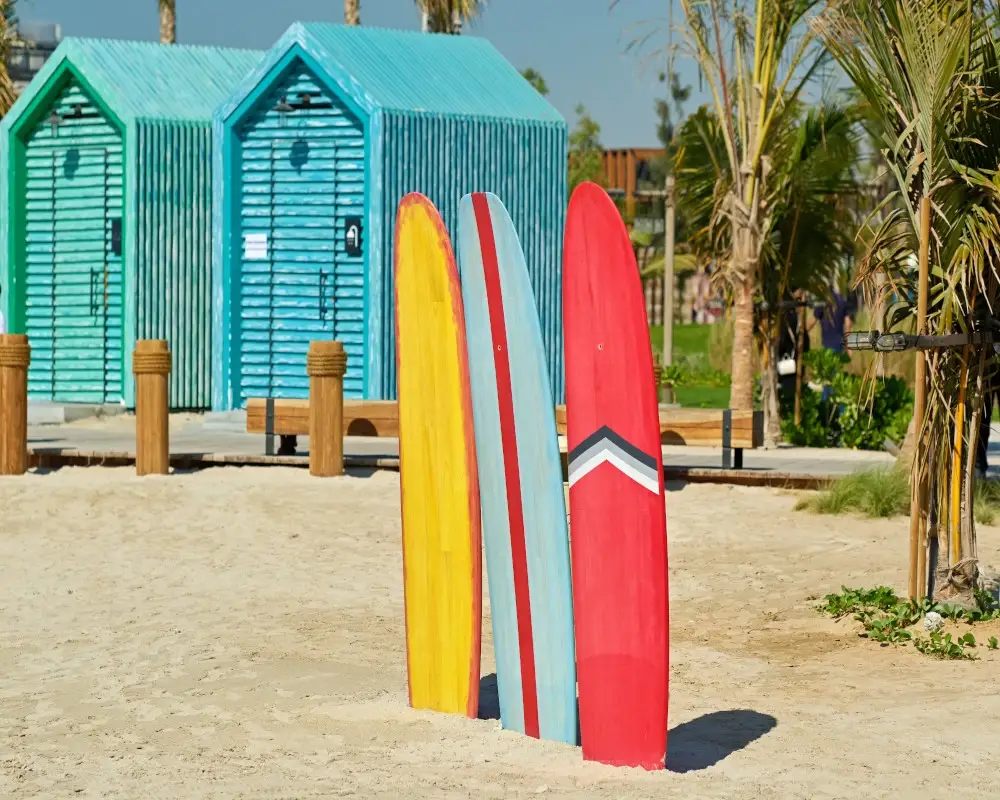
Purpose and Performance
The fish surfboard is purpose-built to excel in smaller, mushier waves that may not be as conducive to traditional shortboards. Its design allows surfers to maintain speed even in less powerful conditions, making it a popular choice for a wide range of surfers, from beginners to experienced riders seeking a dynamic surfing experience.
Maneuverability and Fun Factor
One of the standout features of fish surfboards is their exceptional maneuverability. Surfers can effortlessly navigate small, crumbly waves, executing quick, flowing turns and enjoying a sense of freedom on the face of the water. The playful nature of fish surfboards adds a new dimension to the surfing experience, infusing every session with a sense of fun and creativity.
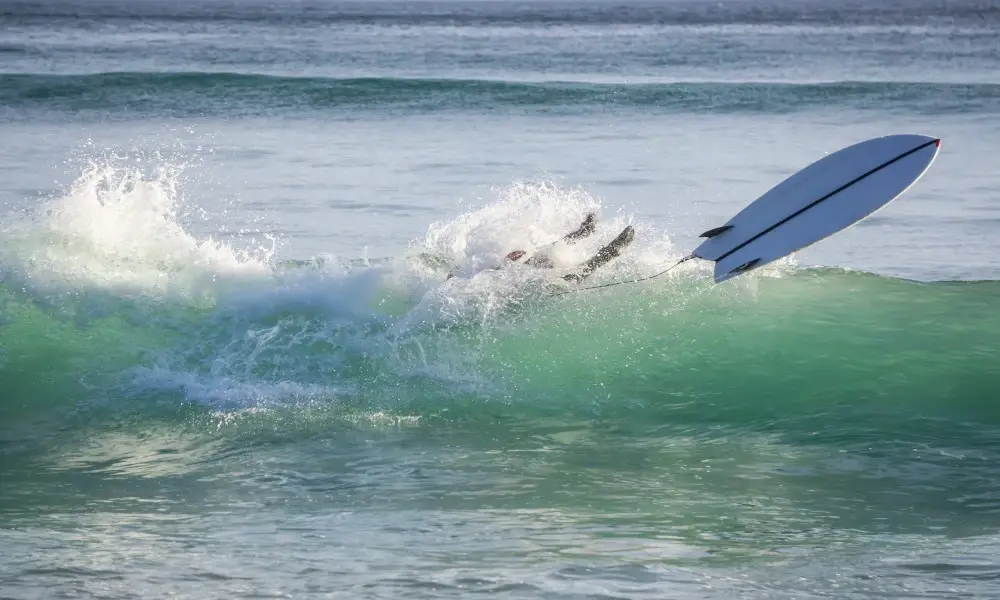
Tracing the Origins: The Pioneers of Fish Surfboard Design
Steve Lis: The Visionary Shaper
The fish surfboard owes its existence to the creative genius of San Diego shapers, with Steve Lis emerging as a central figure in its development. In the late 1960s, inspired by the traditional planing hulls used by the indigenous people of the Pacific, Steve Lis began experimenting with a shorter, wider surfboard design.
Larry Mabile: Collaborations and Innovations
Alongside Steve Lis, Larry Mabile played a crucial role in the evolution of the fish surfboard. Collaborating with Lis, Mabile contributed to refining the design and introducing key elements that would later become synonymous with the fish surfboard, such as the swallowtail.

The 1970s Boom: Fish Surfboards Take Center Stage
The 1970s marked a significant turning point for fish surfboards, as they surged in popularity within the surfing community. Surfers embraced the fish for its ability to make the most out of small, lackluster waves, turning less-than-ideal conditions into an opportunity for dynamic and enjoyable rides.
Key Design Elements of the Original Fish
The original fish design from the 1970s incorporated specific elements that contributed to its success and popularity:
- Twin-Fin Setup: The traditional twin-fin setup enhanced the board’s speed and maneuverability, allowing surfers to navigate smaller waves with ease.
- Wider Template: The wider template, especially in the nose, provided increased stability and facilitated early planing.
- Swallowtail Innovation: The introduction of the swallowtail not only contributed to the board’s distinctive look but also played a crucial role in its maneuverability and turning capabilities.
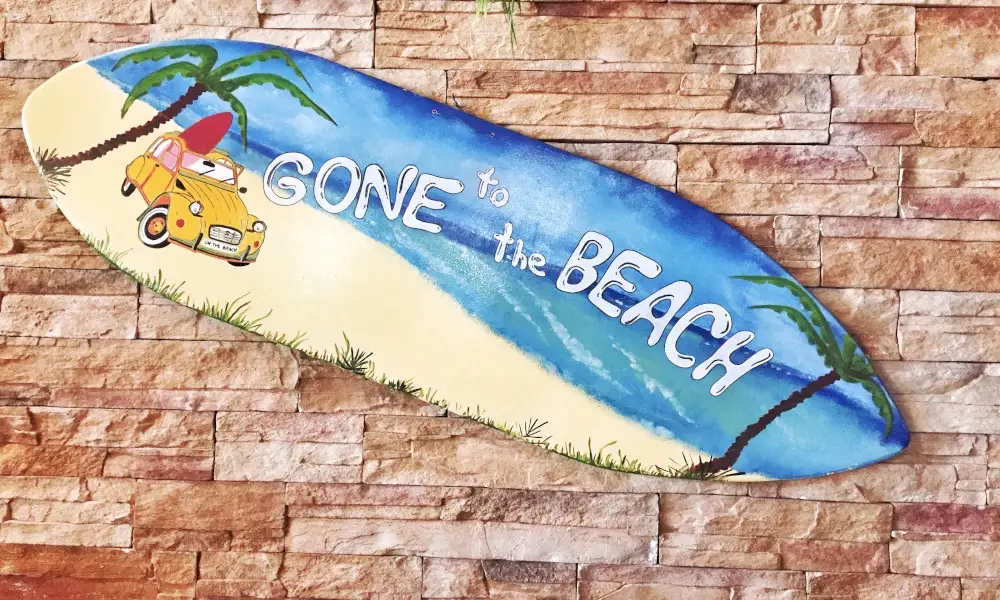
Evolution and Modern Adaptations
Shaping Innovations
As surfing technology and shaping techniques advanced, the fish surfboard design underwent further refinements. Shapers experimented with different tail shapes, fin setups, and materials to enhance the overall performance and versatility of the fish.
Modern Variations:
- Quad-Fin Setups: Some modern fish surfboards feature a quad-fin setup, providing additional stability and speed.
- Five-Fin Configurations: For increased versatility, some fish boards allow surfers to experiment with a five-fin setup, offering options for different wave conditions.
- Materials and Construction: Contemporary fish surfboards may incorporate advanced materials like carbon fiber, ensuring a balance of strength, weight, and performance.
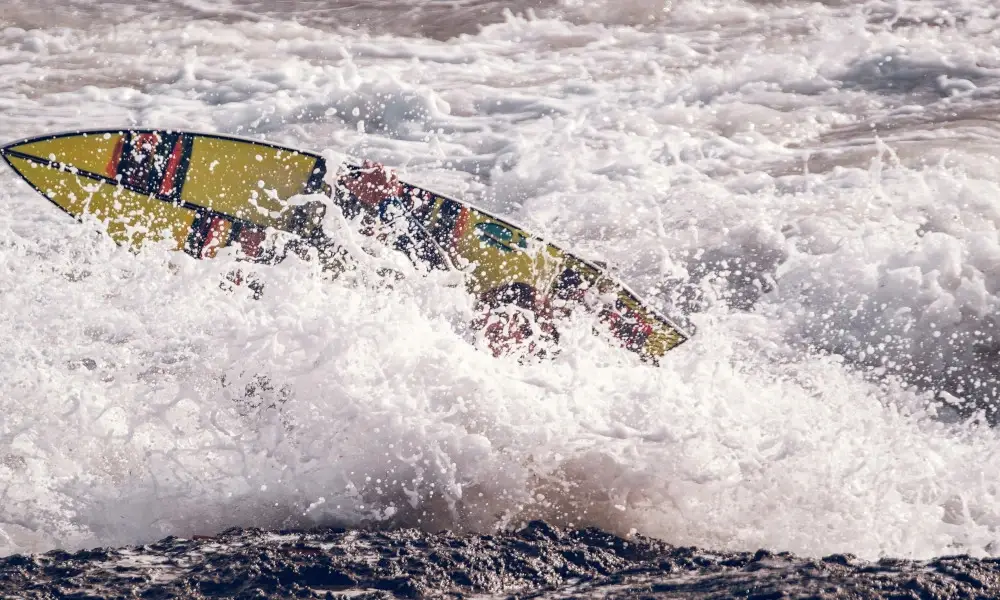
Versatility in Wave Conditions
While the fish surfboard was initially designed for smaller waves, its versatility has become a defining characteristic. Surfers today appreciate the fish for its ability to perform in a variety of conditions, from small summer waves to more sizable surf.
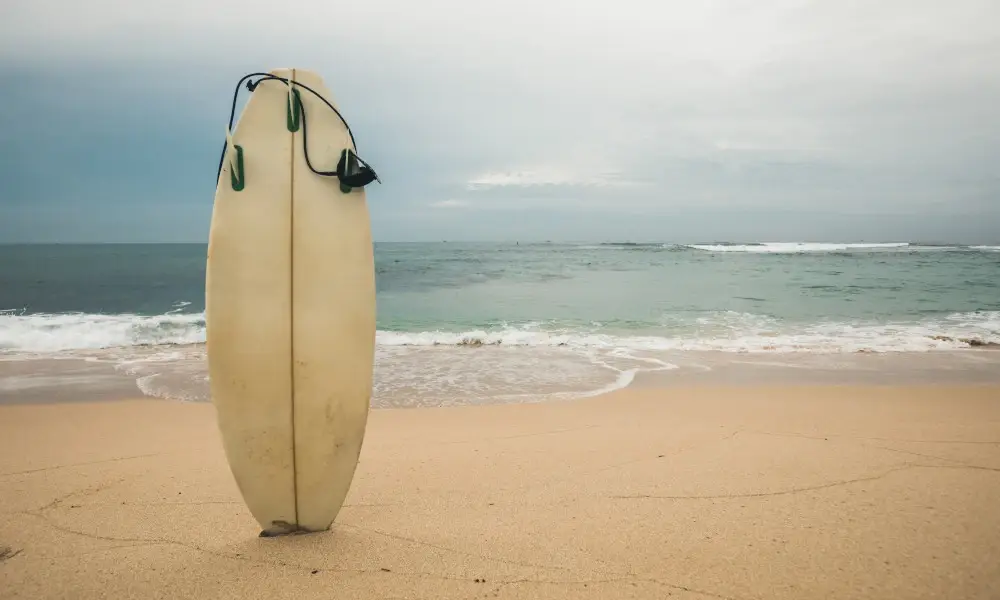
Impact on Surf Culture and Board Design
A Lasting Legacy
The fish surfboard’s impact on surf culture is undeniable. Its design philosophy has influenced not only the way surfers approach smaller waves but has also played a role in the development of other board shapes. The fish’s emphasis on speed, maneuverability, and a playful approach to surfing continues to resonate with surfers worldwide.
Ongoing Innovation
- The fish surfboard’s legacy lives on through ongoing innovations in surfboard design. Shapers and surfboard manufacturers draw inspiration from the fish’s principles, incorporating elements of its design into various board shapes, ensuring a constant evolution within the surfing community.
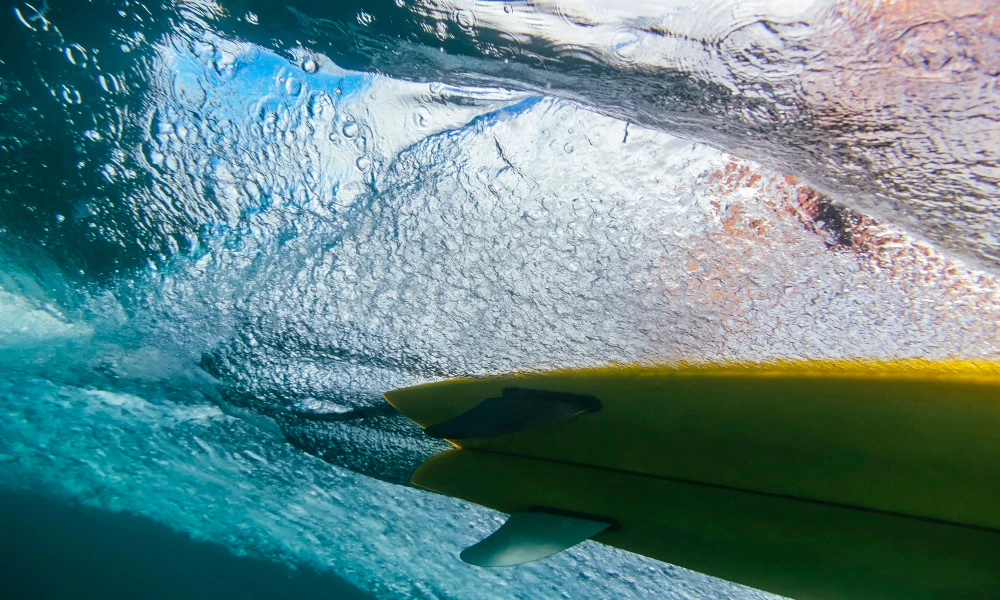
Choosing and Riding a Fish Surfboard
Considerations for Choosing a Fish Surfboard
For surfers looking to embrace the fish surfboard experience, several considerations come into play:
- Skill Level: Fish surfboards are suitable for surfers of various skill levels. Beginners can benefit from the stability and forgiveness, while experienced surfers can explore the board’s full performance capabilities.
- Wave Conditions: Fish surfboards excel in smaller, mushier waves, but modern variations allow for versatility in different conditions.
- Tail Shape and Fin Setup: Tail shapes, such as the classic swallowtail or variations like squash tails, can influence the board’s performance. Experimenting with different fin setups allows surfers to customize the feel of the board.

Riding Techniques
- Riding a fish surfboard involves a distinctive approach to wave riding. Embracing the board’s playful nature, surfers can enjoy:
- Quick Turns: The fish’s design encourages quick, flowing turns, allowing surfers to navigate the face of the wave with ease.
- Noseriding: While not a traditional noserider, the fish’s design allows for stylish moves on the front of the board.
- Generating Speed: The wide template and swallowtail contribute to the board’s ability to generate speed, even in smaller waves.


Conclusion
The fish surfboard, born out of the creative collaboration between visionaries like Steve Lis and Larry Mabile, has become an icon of speed, versatility, and fun in the surfing world. From its origins in the 1960s to its enduring popularity today, the fish surfboard has left an indelible mark on surf culture, influencing not only the way



